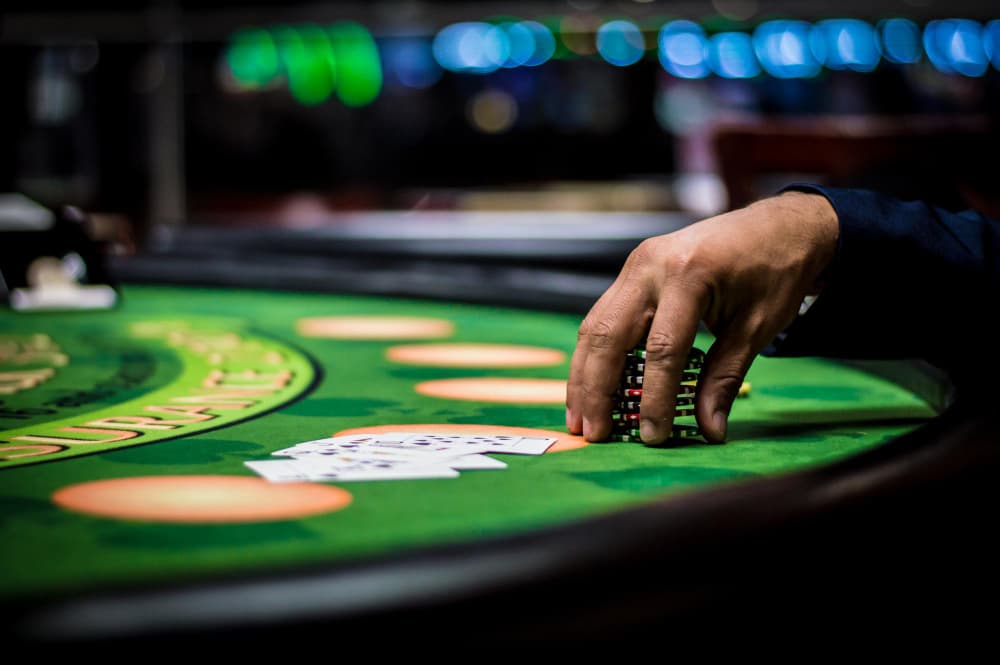In what way Gambling Games Utilize Color and Layout to Attract Players

Within the dynamic and exciting world of gaming establishments, where fortune and tactics intertwine, color and aesthetic play a critical role in drawing in players. As soon as players step inside a casino or access a gaming website, they are immersed in a visual feast that grabs their attention and entices them to explore more. Bright colors, engaging graphics, and creative layouts are carefully crafted to create an atmosphere of excitement and anticipation, ultimately enhancing the gaming experience.
While gamblers move through the dynamic landscape of casino games, they come across a variety of designs that not only serve visual purposes but also affect emotions and choices. Colors like red and gold symbolize riches and fortune, while soothing navy and greens can create a much relaxed environment. Understanding how these elements function together enables casinos to create an welcoming and energizing atmosphere that encourages players to interact with the games, spend additional time at the tables, and increase their overall enjoyment.
The Science of Hue in Gaming Establishments
Tint plays a crucial role in the creation of casino games, influencing player emotions and behaviors. Lively and vibrant colors, such as scarlet and yellow, are often used to ignite excitement and attract focus. These hues create a sense pressure and energy, encouraging participants to involve themselves more enthusiastically with the game. By strategically selecting colors, designers aim to evoke emotions of pleasure and excitement, which can enhance the total game experience.
Various hues also have psychological meanings that can affect how participants perceive their odds of success. For instance, lime is commonly associated with luck and abundance, making it a popular choice in activities like roulette and poker games. This association can lead players to feel more positive and confident in their gameplay, ultimately inspiring them to wager more. Comprehending these connections allows game designers to create environments that enhance player satisfaction and loyalty.
Moreover, the layout of gambling game interfaces often employs blended colors and opposing hues to guide players’ actions. viva88 For case, winning outcomes may be accentuated with striking, opposing colors, creating a visual incentive. This technique strengthens favorable outcomes and encourages repeated engagement. By exploiting color psychology, casinos can create games that not only draw participants but also keep them engaged and invested in their gaming experience.
Design Features that Engage Gamers
The visual appeal of casino games is primarily influenced by the use of bold colors. Lively and contrasting colors are deliberately chosen to create an inviting atmosphere that captures interest. For example, reds and golden hues often signify luck and wealth, which is why they are common in the color schemes of gaming machines and table surfaces. These colors not only attract players in, but they also evoke emotions associated with excitement and anticipation, enhancing the total gaming experience.
In parallel to color, the aesthetic and layout of gambling games play a significant role in player attraction. Games are designed to be user-friendly, ensuring that players can easily understand the guidelines and gameplay. Accessible interfaces, along with captivating graphics and animations, help maintain gamer interest and encourage extended play sessions. The physical elements, such as the texture of the controls and the audio of the games, also contribute to a comprehensive sensory experience that keeps players engaged.
Finally, thematic elements in gaming design can greatly influence player choice. Many gambling games are inspired by media, myths, or exploration motifs, incorporating symbols and characters that resonate with players. These themes create a sense of engagement and connection, making each game feel distinct. When players feel a bond to the concept, they are more likely to opt for that game over others, leading to increased participation and enthusiasm within the gambling environment.
Case Studies: Notable Gambling Slot Designs
One prime example of successful casino game design is the well-known slot machine series themed around blockbuster movies. Games such as those based on the The Wizard of Oz and Game of Thrones utilize bright colors and top-notch graphics to enthrall players in recognizable narratives. The employment of moving visuals and captivating sound effects takes the interest of players, establishing an emotional connection to the theme. This approach not just encourages longer play but also boosts the overall gaming experience, leading to increased player retention.
Another successful case is the use of color psychology in table games like 21 and the wheel. Casinos often develop these games with rich reds and greens, colors traditionally linked with luck and wealth. For instance, the emerald felt on a 21 table provides a calming effect, while the red accents in the wheel invite excitement. This deliberate use of color helps to establish an inviting atmosphere that motivates players to engage, satisfying their psychological impulses and enhancing their enjoyment.
Finally, online casino games that include community features and lively, dynamic designs have achieved remarkable success in engaging players. Games like Zynga Poker and Slotomania leverage bright colors and playful animations to establish an inviting online environment. The addition of leaderboards, social sharing options, and in-game rewards fosters competition and community, pulling players in for longer sessions. Such designs merely make the games visually appealing but also emphasize community engagement, a crucial factor in player retention and engagement within digital casino environments.
